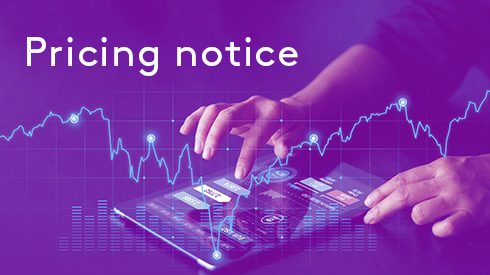US steel industry leaders continue to address the need for government policy to recognize decarbonization efforts, the Inflation Reduction Act, which has helped the industry, and the ongoing pursuit to align carbon emissions standards.
Need for policy to recognize decarbonization efforts
“I hope the government pursues policies that support domestic steelmakers and give recognition and credit to companies that are doing their electric-arc furnace [EAF] conversion on their own time. We have seen about $22 billion of investment to modernize, electrify, and decarbonize the domestic steel industry and that was done with private money,” Steel Manufacturers Association president Phil Bell said in a press conference on Tuesday May 9. “There are moves around the world, particularly in Europe, to subsidize the transition. In America, we’re letting market forces do that.”
Leon Topalian, Nucor’s president and chief executive officer, echoed the sentiment in a speech at the conference: “We need to make sure regulatory programs recognize the emission reductions already achieved through the circular model of steelmaking.”
The role of the government is to provide the types of incentives to help the entire economy to decarbonize …
Kevin Dempsey, American Iron and Steel Institute (AISI) president and CEO, said: “The role of the government is to provide the types of incentives to help the entire economy to decarbonize, like developing incentives for developing green energy. The tax incentives to promote further investments across this whole range of decarbonization technologies is an appropriate role of the government.”
Specifically, the steel leaders highlighted the Inflation Reduction Act enacted in 2022, which could reportedly reduce US carbon emissions by roughly 40% by 2030.
“The Biden Administration’s Inflation Reduction Act, as well as the Department of Energy’s decarbonization roadmap, has created programs and funds that helped these initiatives,” Bell said.
ArcelorMittal North America CEO John Brett said: “The production tax credits that are contained in the Inflation Reduction Act really provide a viable path to address the remaining CO2 emissions. First, they can be captured and stored. Second, they can be eliminated by replacing the natural gas with hydrogen.”
Progress in emissions alignment takes time
The decarbonization theme at the conference came against the backdrop of ongoing efforts to align emissions standards within the steel industry, which leaders say have made progress but will take time to fully achieve.
“You’re seeing signs of alignment. When you look at global organizations like the Organization for Economic Co-operation and Development [OECD], World Trade Organization [WTO], International Energy Agency [IEA], there’s a robust discussion taking place,” Bell said.
“There’s been a great deal of progress in terms of the amount of understanding globally on how to measure carbon emissions,” Dempsey said. “There isn’t a complete consensus but the amount of attention being given to it is positive. It’s a process toward building a consensus, and that takes some time.”
Increasing demand for carbon intensity information
Steel leaders also highlighted the increasing demand for information on carbon intensity in steel products among buyers, which companies are starting to provide, according to Dempsey.
“Steel companies are going to be providing more and more information. The data is going to be important,” Dempsey told Fastmarkets on the sidelines of AISTech.
“Decarbonization is indeed achievable. Decarbonization is the moonshot of our time,” Keith Howell, ArcelorMittal North America chief operating officer, said at the conference. “Society’s already demanding decarbonization. Our customers are demanding clean and sustainably produced steels because their customers are demanding sustainably produced products.”
“Customers are demanding more information about the carbon footprint of different steel products. There’s going to be an emphasis on providing environmental product declarations – they are going to be product-specific and vary product to product. There will be a clear emphasis on more information on carbon intensity,” Dempsey said.





